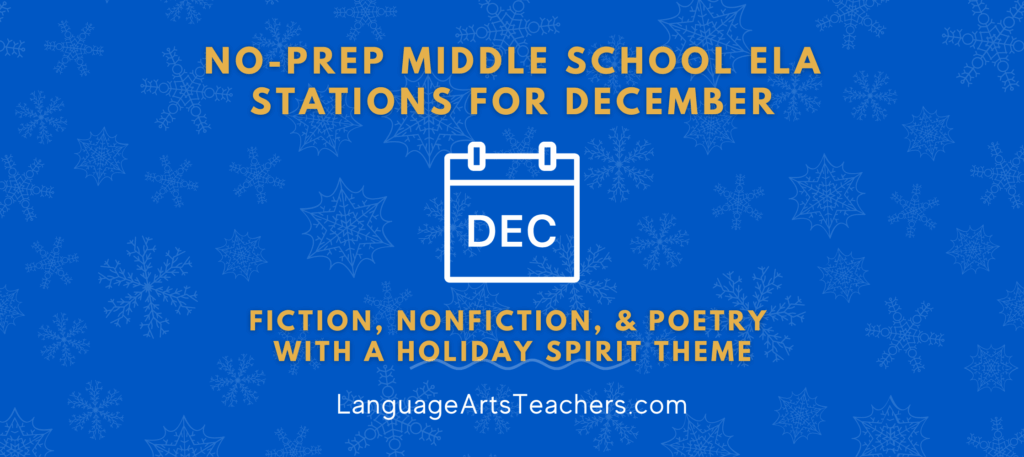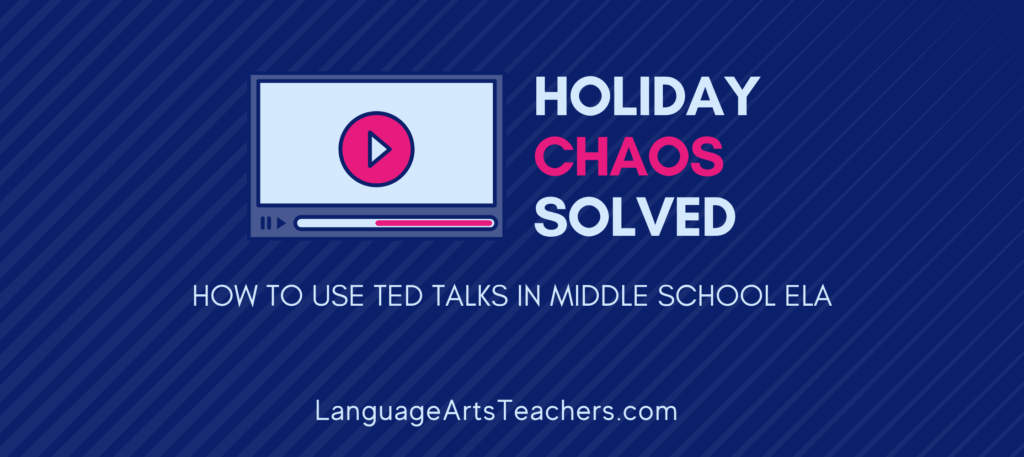I’ve been hearing tons of teachers rave about Gimkit, especially the Trust No One game. Some teachers absolutely swear by this game and say it’s their class’s favorite learning activity.
But is Gimkit’s Trust No One game all it’s hyped up to be?
I’ll let you decide for yourself.
In today’s blog, I’m walking you through what you need to know about Gimkit’s Trust No One game and how you can use it in your classroom.
First, though, I want to answer a question for any teachers who have no idea what I’m talking about LOL… 😛
What Is Gimkit?
Gimkit is an online game show platform for your classroom. Your students can play and compete in real time, whether they’re in class or studying from home.
In some ways, it’s like Quizlet or Kahoot. Gimkit’s games and competition require students to answer questions to help them prepare for quizzes or tests. And it’s fun!
Gimkit offers a free version that gives you access to the core features of its platform. Basically, it lets you create and edit as much content as you want, but games are limited to 5 people, and you can’t create a new assignment.
Its pro version gives you full access to its premium features, including new assignments, live game mode, KitCollab (where your students can create the questions and answers … less prep on your part!!), and tech support from real people.
Gimkit Pro offers a free 30-day trial, but after that, it costs $4.99 per month when billed annually. So you’d make a yearly payment of $59.88.
The company prefers teachers not have to pay out of their own pocket, so they offer an affordable group license system that an entire school can use. It’s super easy to get, which is how they’ve helped tens of thousands of teachers go this route.

What Is Gimkit’s Trust No One Game?
What sets Gimkit apart from platforms like Quizlet or Kahoot is a special game called Trust No One.
If you’ve heard of Among Us, it’s a lot like that. And if you haven’t heard of Among Us, then suffice to say that it’s a group game featuring crewmates on a spaceship. But a few of the players are secretly imposters. The goal of the game for the crewmates is to figure out who on the team is an imposter. For the imposters, the goal is to stay hidden until the crewmates run out of opportunities to expose them.
So how do they reach their goals? By answering the questions you create! The more questions they answer correctly, the more points they get. Each action to expose an imposter or hide your secret identity costs points.
So the more points you get, the higher your chance of winning.
Still confused? That’s OK… Watch this 10-minute YouTube video of what the game looks like when you play it. It’s kind of confusing to explain, but when you see it in action, it makes a lot more sense, I promise!!
One teacher said her students played for an hour straight because they loved it so much. When was the last time your students begged you to let them study for an hour straight??? Yeah… same here.
I’ve yet to find a teacher who has tried this game and not liked it. The only negative thing I’ve heard about it is that students might eventually get bored of the Trust No One game, and then it would be just a paid version of Quizlet or Kahoot.
But by far, more teachers are saying that their students are really enjoying the game AND they’re learning a lot along the way—win-win, right?? 😄
How to Use Gimkit’s Trust No One Game in Your Classroom
One of the biggest reasons teachers love this game so much is that you can use it whether you’re in the classroom or studying from home.
If you play Trust No One from home, though, I recommend using it during a Zoom meeting since students play the game live. One of the most engaging parts about this game is the conversation students have about who they think is an imposter and who isn’t.
You’d be surprised how much students will learn about logic and argument-building from this game. After all, students have to explain why they think a certain classmate is an imposter. And students who are imposters have to learn how to poke holes in teammates’ arguments.
Just make sure to establish ground rules to limit hurt feelings and heated “discussions.” (Yeah… those happen…)
All in all, it’s a really fun game that incentivizes students to learn. They hardly realize they’re studying for your tests because they’re having so much fun!! 😀
But of course, I always recommend that teachers test things for themselves to see what works for their classrooms.
You may find your students don’t enjoy it as much as other classes do. That’s OK. There are tons of learning apps and fun brain breaks you can use in your classroom.
My advice? Try it out and see if you like it!
Stop feeling like you have to choose between prepping for class and enjoying family time by clicking the button below to grab several weeks of free bell-to-bell lesson plans for 6th, 7th, and 8th grade.




